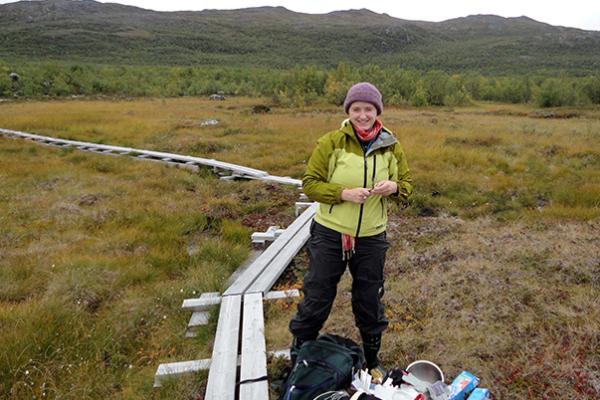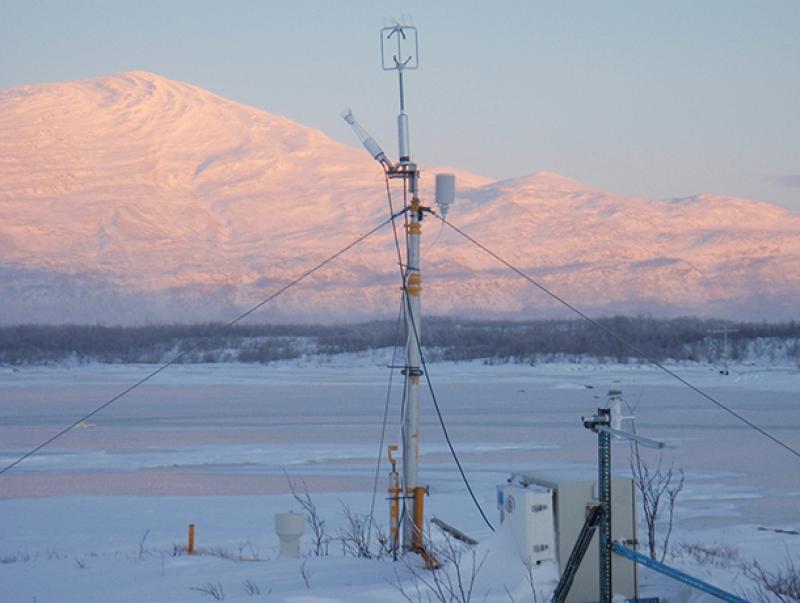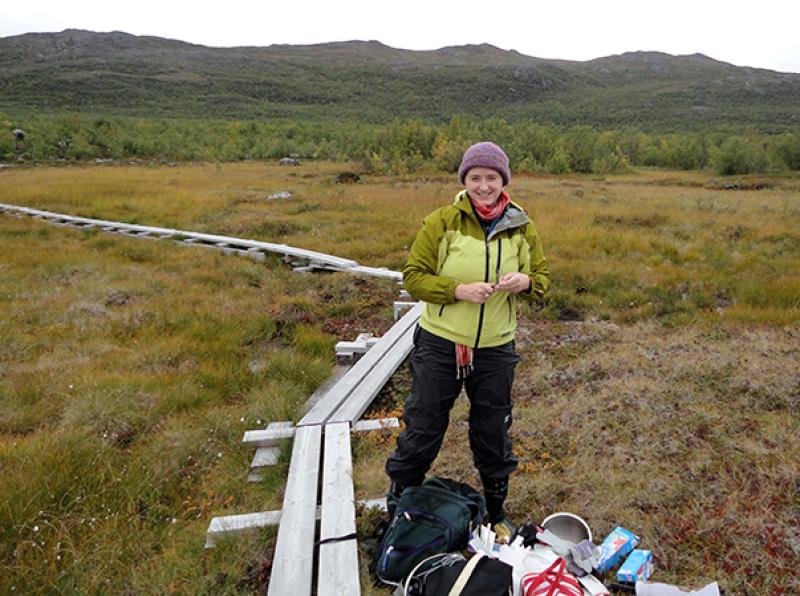Ohio State leads 13 universities to understand climate change and ecosystems

The Ohio State University is one of 14 universities from around the globe that have collectively been awarded $12.5 million from the National Science Foundation (NSF) to launch a new Biology Integration Institute (BII), called EMERGE, which will focus on better understanding ecosystem and climate interactions — like the thawing of the Arctic permafrost — and how they can alter everything from the landscape to greenhouse gases.
EMERGE, which stands for “EMergent Ecosystem Response to ChanGE,” is an ambitious five-year project that will concentrate on discovering how the processes that sustain life and enable biological innovation operate and interact within and between each other — from molecules to cells, species and ecosystems — under dynamically changing conditions. The end result will be a new “genes-to-ecosystems-to-genes” framework to create models that could help predict ecosystem response to change.

Research equipment at Stordalen Mire overlook Lake Villasjön in the subarctic region in northern Sweden. The mire is the case study ecosystem for researchers to explore how permafrost thaw increases emissions of methane, thereby accelerating climate change. (Tyler Logan)
The project will consist of a team of 33 scientists representing 15 specialties, led by primary investigator and associate professor of microbiology Virginia Rich, who will co-direct the EMERGE alongside Ruth Varner, professor of biogeochemistry at the University of New Hampshire. The partnership brings together expertise inside and outside of biology, such as ecology and evolution, organismal biology, team science, and modeling and computational science.
“Ecosystems respond to changing conditions, such as a new agricultural practice or changing rainfall patterns, in a way that is greater than the sum of the responses of individual parts,” Rich said. “To address this challenge head-on, our EMERGE Biology Integration Institute pulls cutting-edge ideas and methods from across biology and beyond into a unified vision for seeing what each of us, alone, cannot – piecing back together the forest from the trees, if you will. It is incredibly exciting.”
EMERGE will focus on five research activities centered around how microbes respond to a changing climate – physiologically as individual organisms, through their interactions as a collective or community, and how these evolve through time. The case study ecosystem is Stordalen Mire, a long-studied peatland in northern Sweden where permafrost thaw is driving changes in the landscape, plants and microbes. The driving question is how much the thawing of these kinds of permafrost systems will increase emissions of the greenhouse gas methane, thereby accelerating climate change.

Virginia Rich next to a boardwalk with her research gear at Stordalen Mire, a long-studied peatland in northern Sweden where permafrost thaw drives changes in the landscape, plants and microbes. (Patrick Crill)
Department of Microbiology Professor Matthew Sullivan is one of six executive committee members and a research activity co-lead. He said the new institute is opportune as it synergizes with Ohio State’s newly minted Center of Microbiome Science, of which he is the founding director.
“As with most ecosystems, we are learning that the ‘microbiome’ is right at the heart of nutrient and energy cycles that control these systems,” Sullivan said. “This is true in the oceans, soils and our bodies.”
The institute, which launched this month and will operate for five years with the potential for renewal, also has a strong training, education and outreach component. It will train diverse, cutting-edge biologists at the postdoctoral, graduate and undergraduate levels. Activities will include a summer undergraduate research program, online curriculum development, a COSI exhibit, a TEDx-style event for the public, a Summer Institute for early career researchers and a workshop connecting with researchers from other long-term research sites. All will showcase the role of microbes in climate and Ohio State’s growing leadership role in this space.
“Biology is complex, and only by teaching a new generation of trainees how to speak across biological disciplines will we hope to develop the synthesis needed to really understand how biological systems work, and therefore develop predictive capacity,” Sullivan said. “This project focuses on climate change — no small task.”
Participating universities include the University of New Hampshire, University of Arizona, Florida State University, Colorado State University at Fort Collins, Case Western Reserve University, University of California at Berkeley, Rochester Institute of Technology, Lawrence Berkeley National Laboratory, Joint Genome Institute, all in the United States; Lund University, Umeå University and Stockholm University, all in Sweden; and Queensland University of Technology in Australia.
